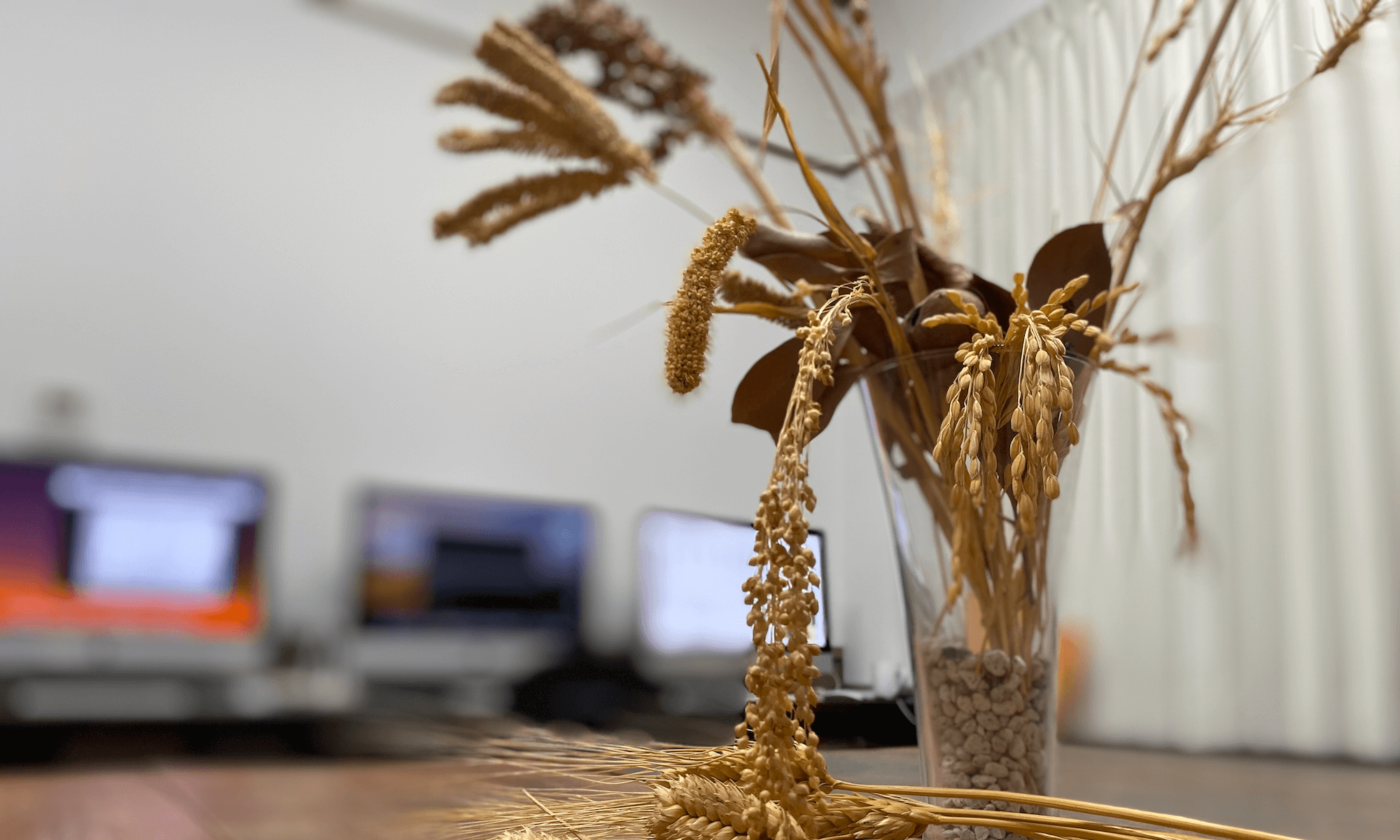Toshiyuki Sakai, Abe, A., Shimizu, M., Terauchi, R. (2021). RIL-StEp: epistasis analysis of rice recombinant inbred lines (RILs) reveals candidate interacting genes that control seed hull color and leaf chlorophyll content. G3 Genes|Genomes|Genetics, https://doi.org/10.1093/g3journal/jkab130
Abstract
Characterizing epistatic gene interactions is fundamental for understanding the genetic architecture of complex traits. However, due to the large number of potential gene combinations, detecting epistatic gene interactions is computationally demanding. A simple, easy-to-perform method for sensitive detection of epistasis is required. Due to their homozygous nature, use of recombinant inbred lines excludes the dominance effect of alleles and interactions involving heterozygous genotypes, thereby allowing detection of epistasis in a simple and interpretable model. Here, we present an approach called RIL-StEp (recombinant inbred lines stepwise epistasis detection) to detect epistasis using single-nucleotide polymorphisms in the genome. We applied the method to reveal epistasis affecting rice (Oryza sativa) seed hull color and leaf chlorophyll content and successfully identified pairs of genomic regions that presumably control these phenotypes. This method has the potential to improve our understanding of the genetic architecture of various traits of crops and other organisms.

